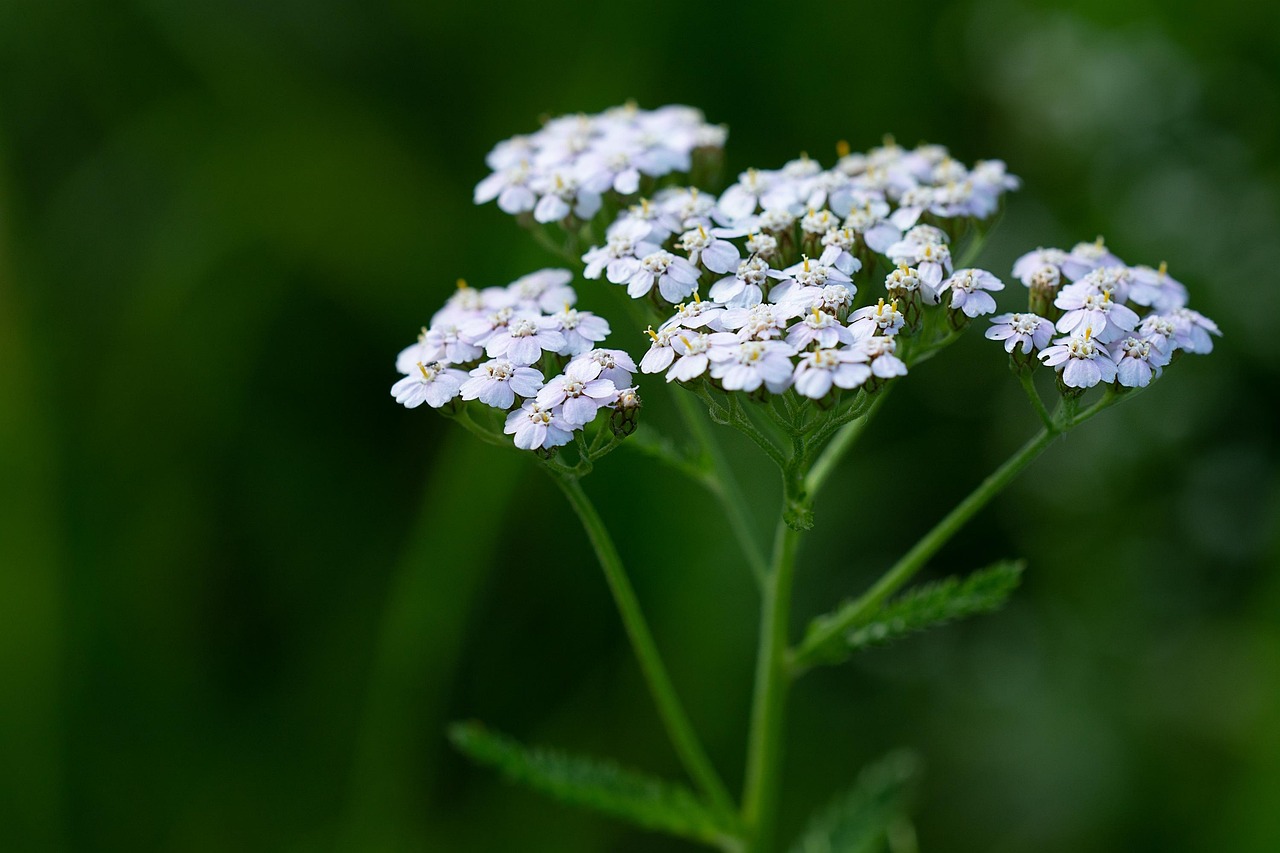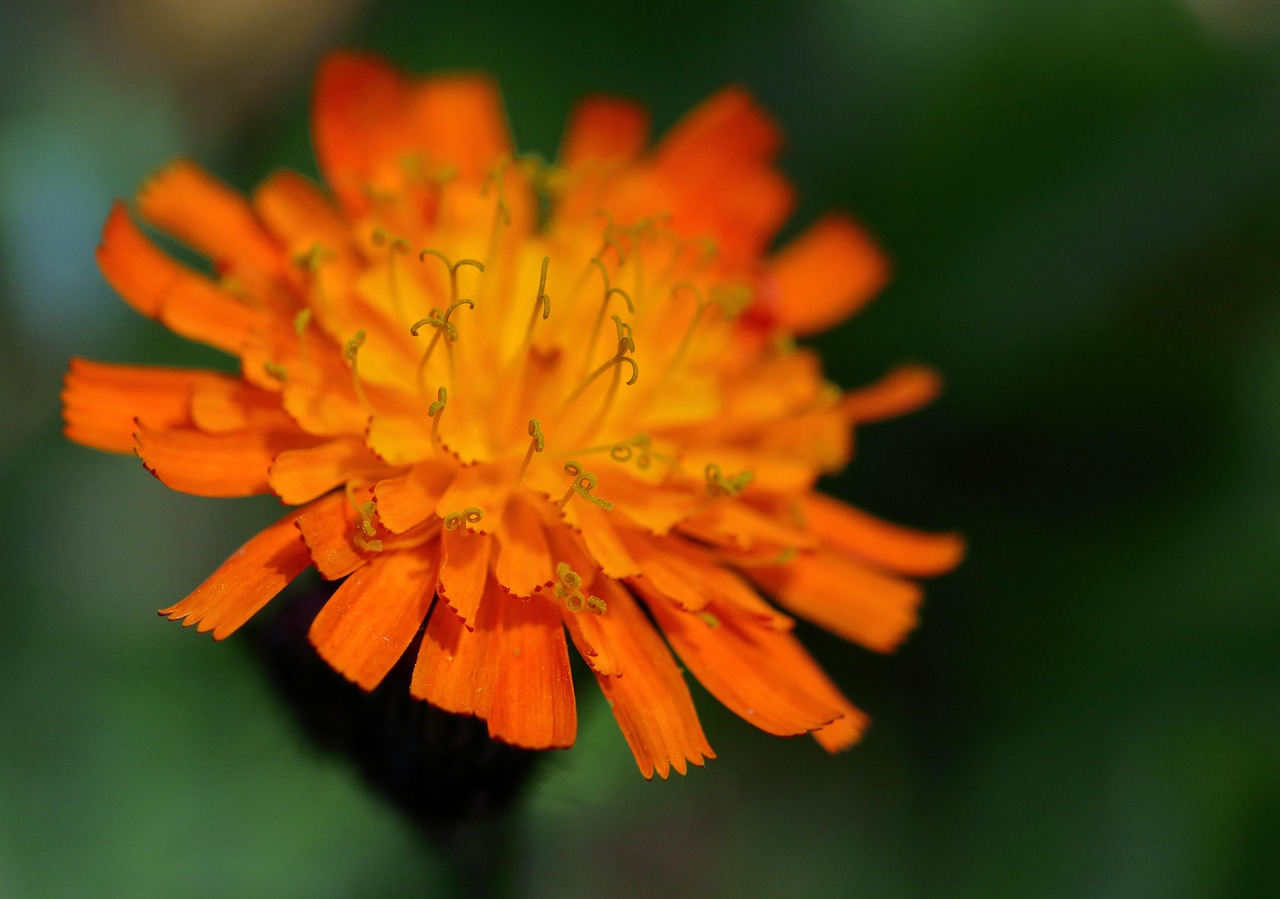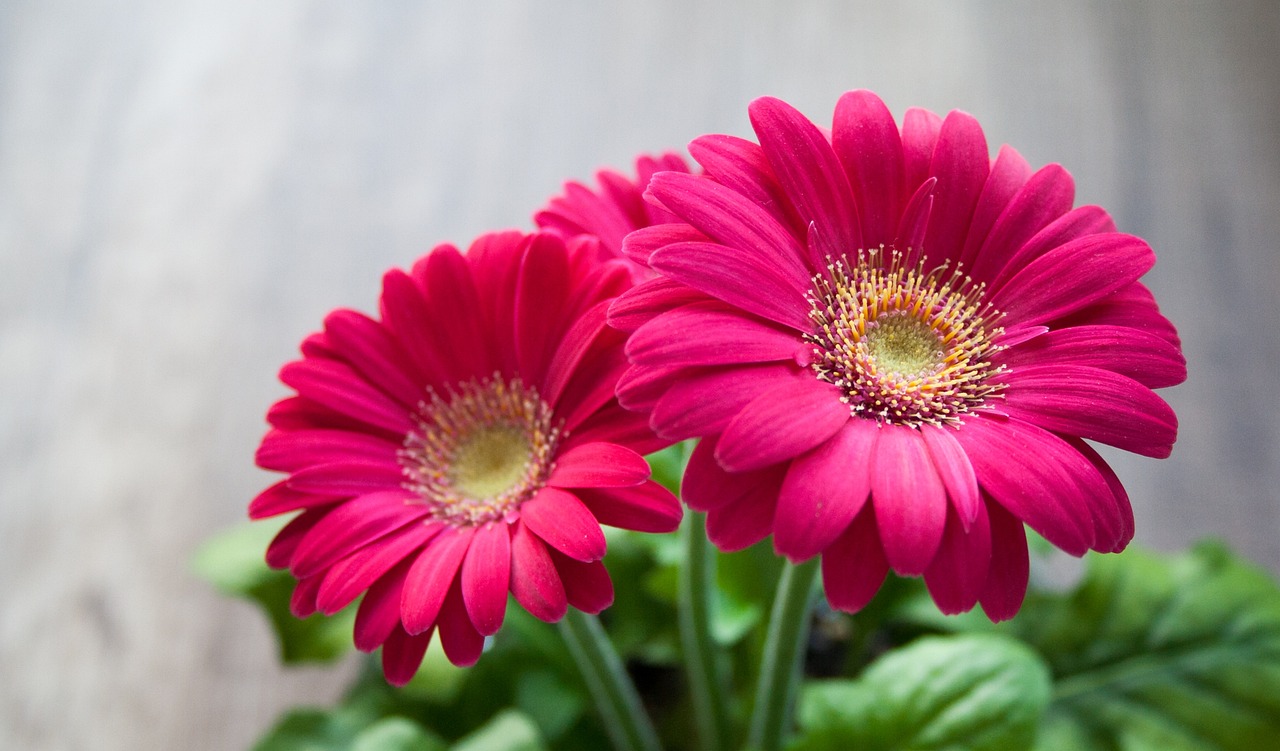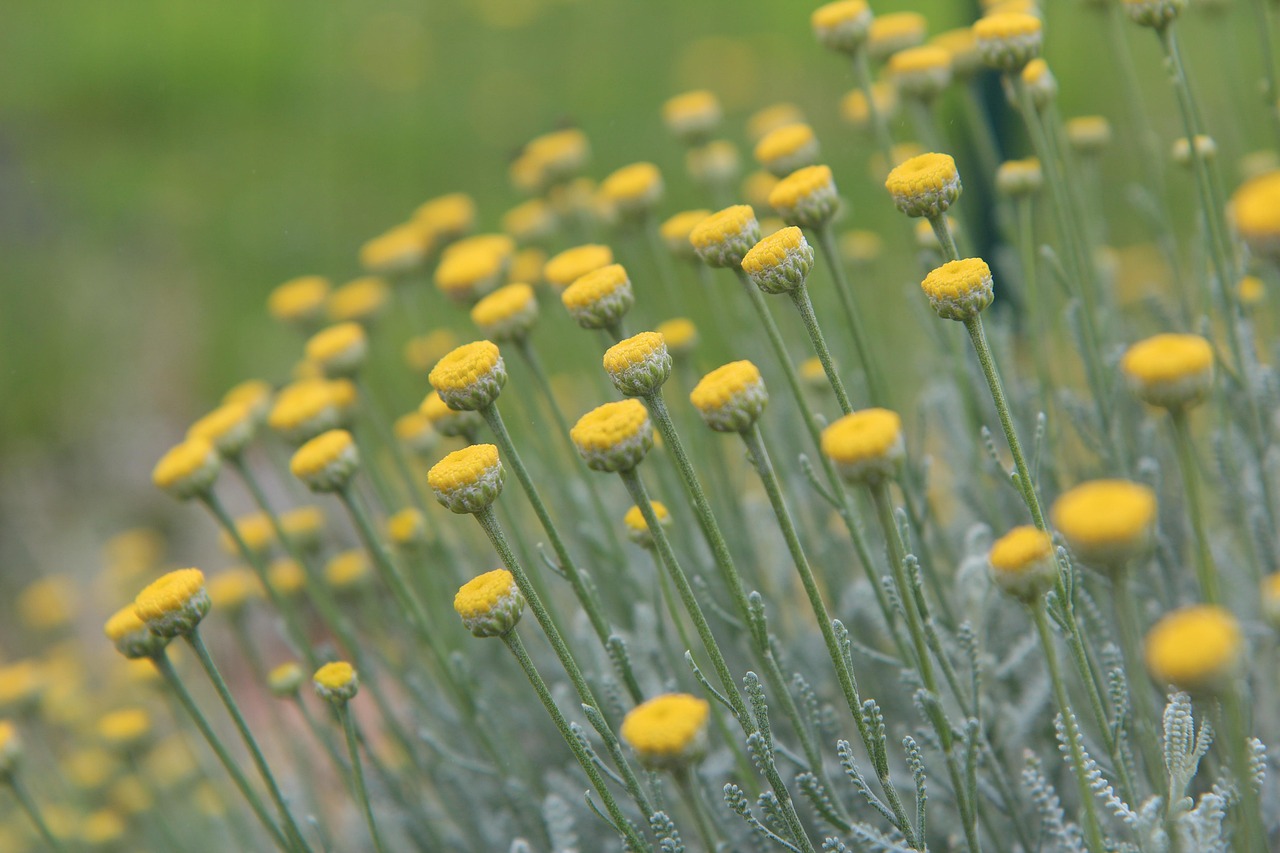Marigold | A Flower Draped in the Fragrance of the Sun, Coloring the Summer
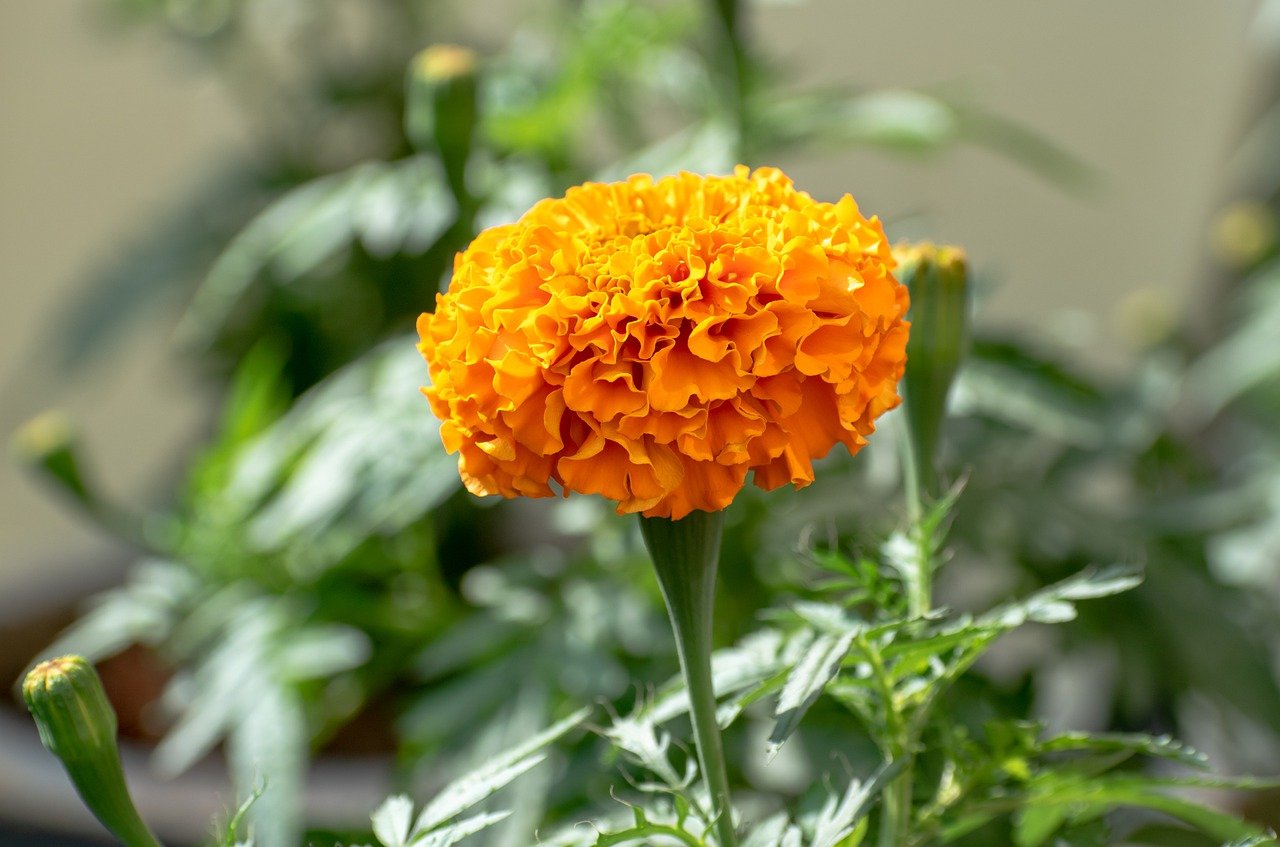
I introduce marigolds, flowers characterized by their bright orange and yellow blossoms, widely cherished from beginner gardeners to professionals alike. Because they are known to repel pests, marigolds are often found in flowerbeds and home vegetable gardens.
In this article, I will explain in detail the basic information about marigolds, their cultural background, tips for cultivation, and representative varieties.
Basic Information
- Scientific name: Tagetes
- Family: Asteraceae
- Origin: Mexico and Central/South America
- Appearance:
Marigolds bloom in vivid orange and yellow, featuring dense, rounded flower heads. Their size and shape vary depending on the variety: African marigolds produce large flowers over 10 cm in diameter, while French marigolds display smaller, charming blossoms around 5 cm. Their height also differs by variety, ranging from 30 cm to nearly 1 meter. - Flowering season:
They bloom continuously from spring to autumn, with peak flowering in summer.
Cultural Significance Worldwide
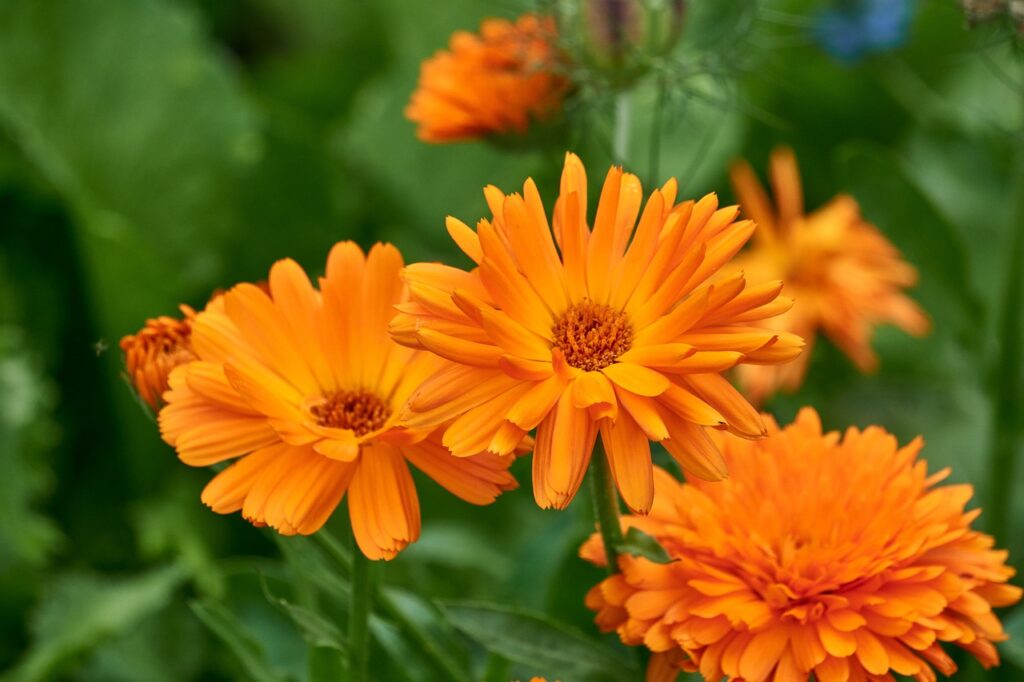
Marigolds are widely known as flowers used in festivals and religious ceremonies.
In Mexico, they play an essential role in decorating altars for the Día de los Muertos (“Day of the Dead”), symbolizing remembrance of the deceased.
In India, marigolds are indispensable in religious rituals and festivals, adorning temples and altars.
In Europe and the United States, they are valued as natural insect repellents. In home gardens, they are often planted near tomatoes or eggplants as “companion plants,” helping to deter pests.
Historical Background
The history of marigolds is ancient. They were already cultivated in the Aztec civilization, where they were used in religious ceremonies and as medicinal herbs. The Aztecs regarded marigolds as symbols of the sun and used them as offerings in sacred rituals.
In the 16th century, Spanish explorers introduced them to Europe, from where they spread worldwide.
In England, marigolds gained popularity as garden flowers and became a staple for brightening summer gardens.
Gardening Advice

Cultivation Guide
Marigolds prefer sunny locations. When grown in full sunlight, they thrive and produce abundant blossoms. They require well-drained soil and are tolerant of drought, so watering only when the soil is dry is sufficient.
African marigolds are large and drought-resistant but vulnerable to excessive moisture.
Environment and Growth Conditions
Marigolds prefer slightly acidic to neutral soil, though they are not particularly demanding.
African marigolds can reach nearly 1 meter in height; growing them in well-ventilated areas helps prevent disease.
French marigolds are compact, making them well-suited for pots or smaller spaces.
Applying phosphorus-rich fertilizer during the flowering season encourages better blooms. Pruning is not necessary, but removing faded flowers promotes continuous blooming, allowing long-lasting enjoyment.
Conclusion
Marigolds, from the large African variety to the smaller French type, offer a wide range of appeal.
Their brilliant colors and natural pest-repelling qualities make them ideal for flowerbeds and vegetable gardens, while their ease of cultivation also makes them recommended for beginners.
I encourage you to enjoy the diverse charm of marigolds in your next gardening project.

